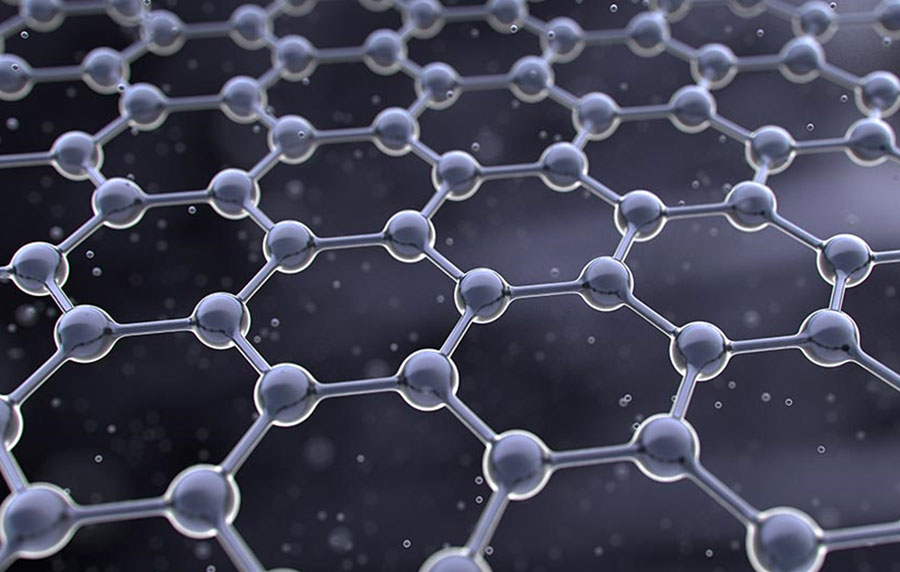Background
The specific properties of nanomaterials are a great driver for innovation, but may also increase the toxicity of materials or require different procedures for their safe use. Therefore, several EU laws include additional provisions for nanomaterials to ensure a correct data collection, an adequate risk assessment and, in selected cases, the proper labelling of products to inform consumers on the presence of nanomaterials. The decision to trigger all these provisions is based on the applied current definition of nanomaterial.
Individual definitions of nanomaterials still exist in EU legislation in the food and cosmetics sectors, while other EU laws (e.g. REACH, Biocidal Products Regulation, Medical Devices Regulation) and some national legislation already use the common definition from the Commission Recommendation 2011/696/EU, making it legally binding within their scope.
Update on the definition of nanomaterial
The European Commission has clarified and updated the initial definition of nanomaterials of Commission Recommendation 2011/696/EU, through the Recommendation of 10 June 2022, deliverable of the Chemical Strategy for Sustainability.
The changes to the definition of nanomaterials, implemented following experience and scientific progress, will not significantly affect the scope of identified nanomaterials, but will certainly allow easier and more efficient implementation. Following this update, the Commission will now strive to use the revised definition to align legislation across all sectors.
The review in particular focused on whether the particle number-based size distribution threshold of 50 % should be increased or decreased and whether to include materials with internal structure or surface structure in the nanoscale, such as complex nanocomponent materials (including nanoporous and nanocomposite materials) that may be used in specific sectors.
New definition of nanoform as set out in the amendment
In light of the observed criticality, detailed in the Recommendation, the following definition was implemented:
“’Nanomaterial’ means a natural, incidental or manufactured material consisting of solid particles that are present, either on their own or as identifiable constituent particles in aggregates or agglomerates, and where 50 % or more of these particles in the number-based size distribution fulfil at least one of the following conditions:
- one or more external dimensions of the particle are in the size range 1 nm to 100 nm;
- the particle has an elongated shape, such as a rod, fiber or tube, where two external dimensions are smaller than 1 nm and the other dimension is larger than 100 nm
- the particle has a plate-like shape, where one external dimension is smaller than 1 nm and the other dimensions are larger than 100 nm.
In the determination of the particle number-based size distribution, particles with at least two orthogonal external dimensions larger than 100 μm need not be considered.
However, a material with a specific surface area by volume of < 6 m2/cm3 shall not be considered a nanomaterial.”
For more information about the legislation on nanomaterials and practical help please feel free to contact us.



